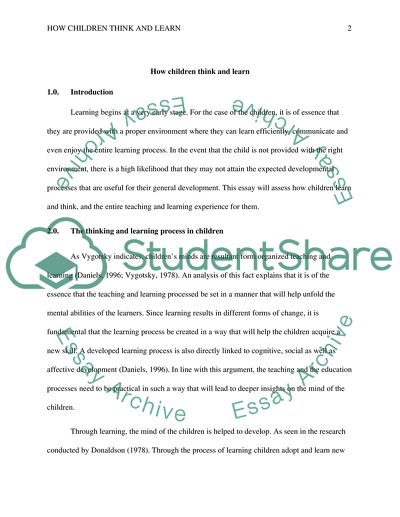Cite this document
(“Comparative critical analysis Essay Example | Topics and Well Written Essays - 1500 words”, n.d.)
Retrieved from https://studentshare.org/education/1688379-comparative-critical-analysis
Retrieved from https://studentshare.org/education/1688379-comparative-critical-analysis
(Comparative Critical Analysis Essay Example | Topics and Well Written Essays - 1500 Words)
https://studentshare.org/education/1688379-comparative-critical-analysis.
https://studentshare.org/education/1688379-comparative-critical-analysis.
“Comparative Critical Analysis Essay Example | Topics and Well Written Essays - 1500 Words”, n.d. https://studentshare.org/education/1688379-comparative-critical-analysis.


